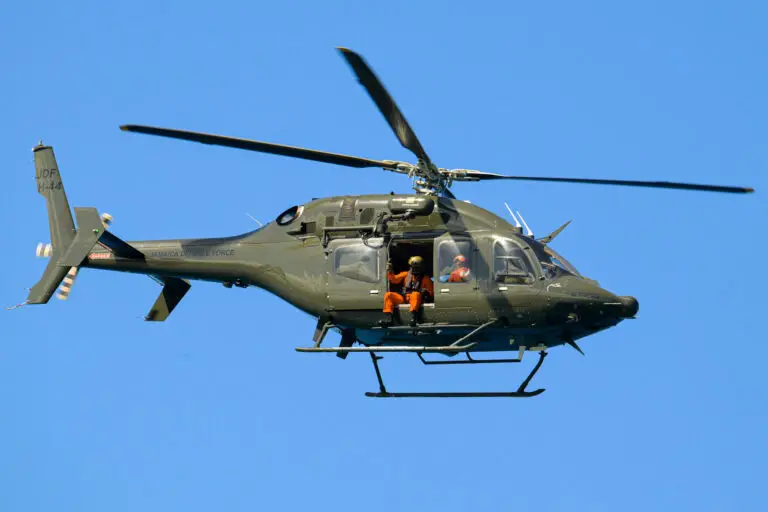In a robust demonstration of preparedness, Jamaica orchestrated an extensive emergency response drill on Thursday at the Ken Jones Aerodrome in Portland. This large-scale exercise simulated a catastrophic plane crash involving a commercial airliner carrying 150 passengers, meticulously testing the nation’s capabilities in search and rescue, medical intervention, and coordinated response efforts.
The initiative was led by the Jamaica Defence Force (JDF) in collaboration with the Ministry of Health and Wellness, alongside participation from both national and international partners. This drill marked the concluding event of the multinational Exercise Event Horizon 2025, aiming to enhance Jamaica’s readiness for mass casualty incidents.
Noel Lewis, the Acting Commanding Officer for the JDF Airwing and the Search and Rescue Track Lead for the exercise, hailed the simulation as a triumph. He emphasized that the drill effectively evaluated all critical facets of Jamaica’s emergency response mechanisms. “We replicated a scenario with a commercial airliner downed and staged 150 participants to represent passengers, allowing us to rigorously test our mass casualty response protocols,” Lewis explained.
The simulation encompassed various stages, including high-level aerial oversight by security forces, water-based rescue operations, and the rapid transport of victims to designated medical facilities. The National Emergency Operations Centre was fully activated, facilitating a seamless triage process and subsequent medical care for the simulated casualties.
Key governmental agencies such as the Jamaica Constabulary Force (JCF), Airports Authority of Jamaica (AAJ), Jamaica Civil Aviation Authority (JCAA), Jamaica Customs Agency (JCA), Passport, Immigration and Citizenship Agency (PICA), Office of Disaster Preparedness and Emergency Management (ODPEM), and the Jamaica Fire Brigade (JFB) played pivotal roles in the exercise. International assistance was provided by the Costa Rican Air Vigilance Service and the Royal Bahamas Defence Force, enhancing the operation with aerial command support and drone surveillance.
Major Lewis highlighted the collaborative efforts, noting, “Costa Rican aircraft managed aerial command and control while our JDF helicopters executed rescue missions. Additionally, the Royal Bahamas Defence Force deployed drones to monitor the crash site, ensuring comprehensive oversight and victim accountability.”
On the ground, the Ministry of Health and Wellness established a fully functional medical base, ready to handle incoming casualties. Ambulances and helicopters were actively transporting simulated injured passengers, necessitating the use of wheelchairs and stretchers to manage varying degrees of injuries.
Nicole Dawkins Wright, Director for Emergency Disaster Management and Special Services at the ministry, affirmed the effectiveness of the drill. “This exercise allowed us to validate our National Mass Rescue Operations Plan and refine our field medical post setup near the crash site. We also tested the logistics of transporting numerous victims to local hospitals, ensuring efficient and coordinated care.”
Dawkins Wright further stated that the drill was instrumental in assessing Jamaica’s incident command systems and mass casualty incident plans. “It not only reinforced our training but also highlighted areas that require further enhancement to bolster our emergency response capabilities,” she added.
Reflecting on the outcomes, Major Lewis acknowledged the valuable insights gained from the exercise. “The lessons learned will drive improvements across various systems, enabling government agencies to respond more effectively in real-life emergencies,” he concluded.
This comprehensive drill underscores Jamaica’s commitment to maintaining high standards of emergency preparedness, ensuring the nation is well-equipped to handle potential mass casualty events with efficiency and coordination.






